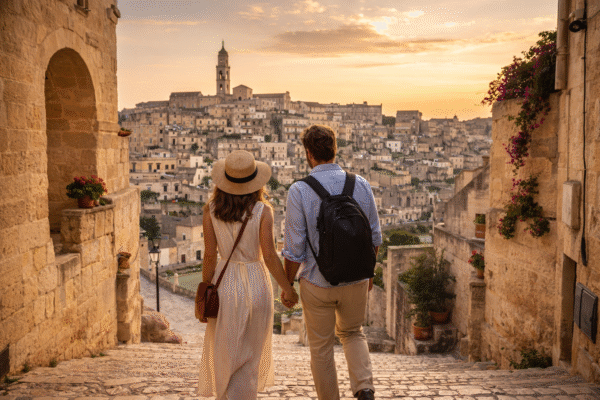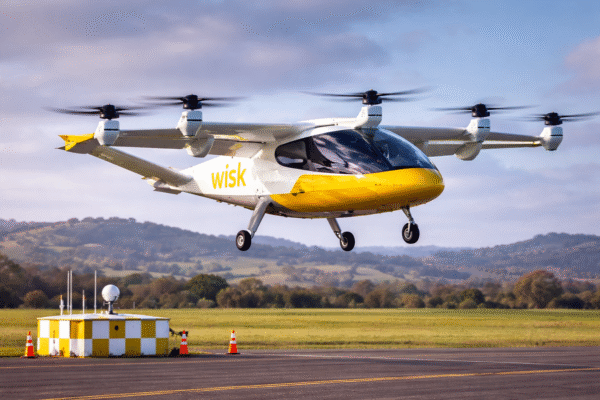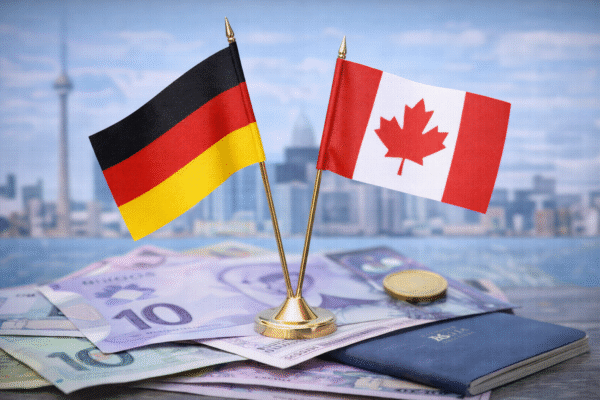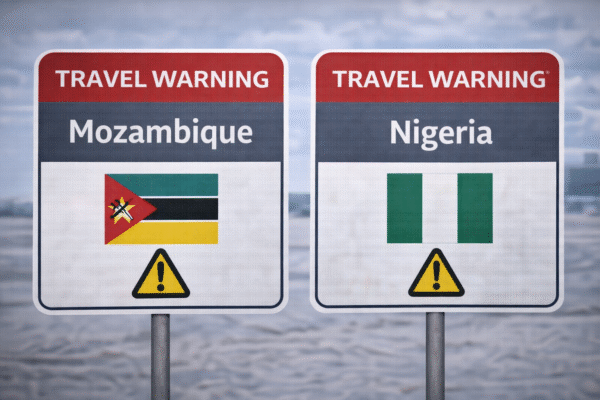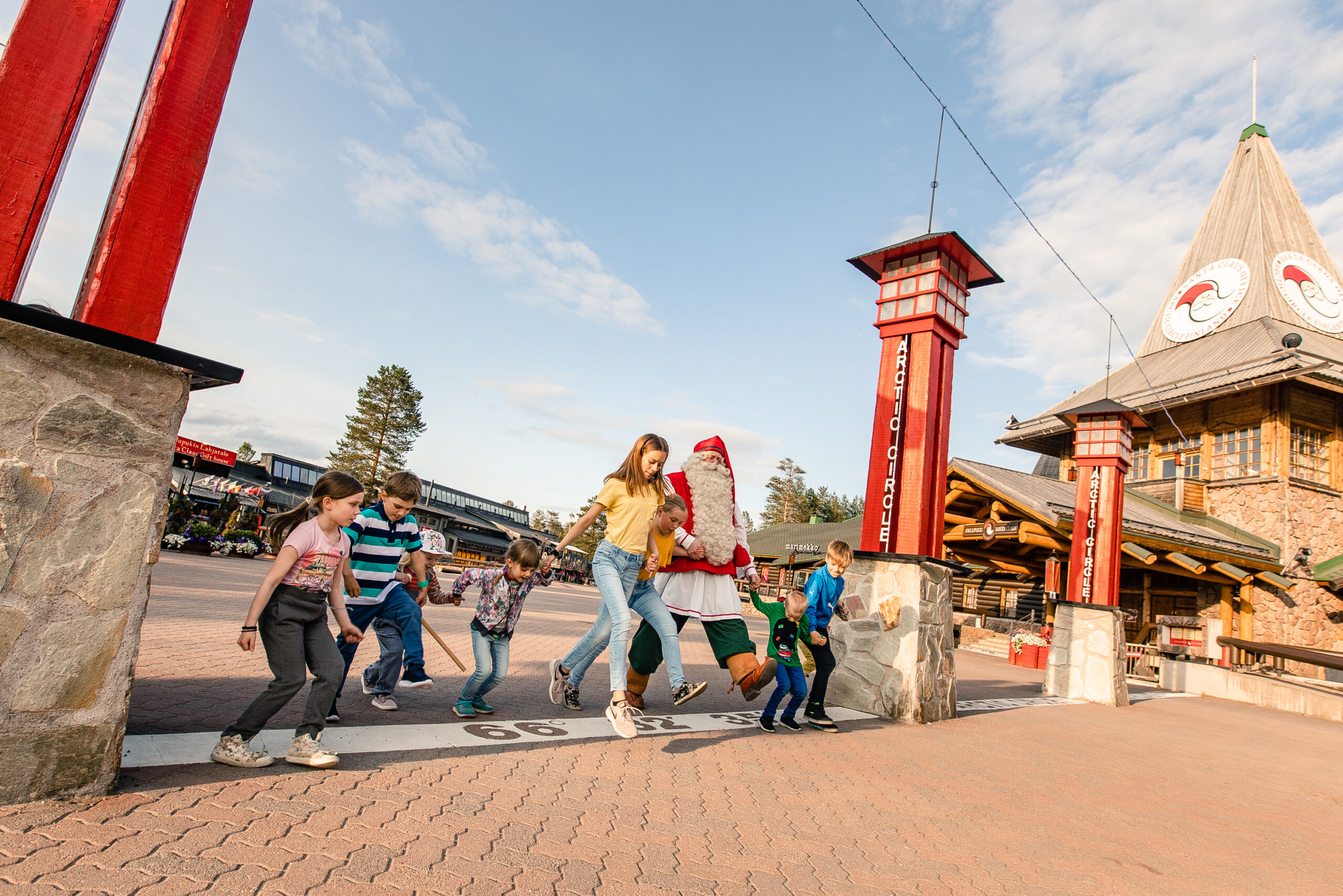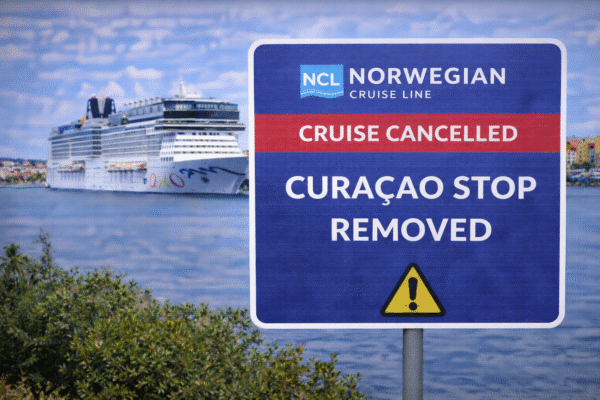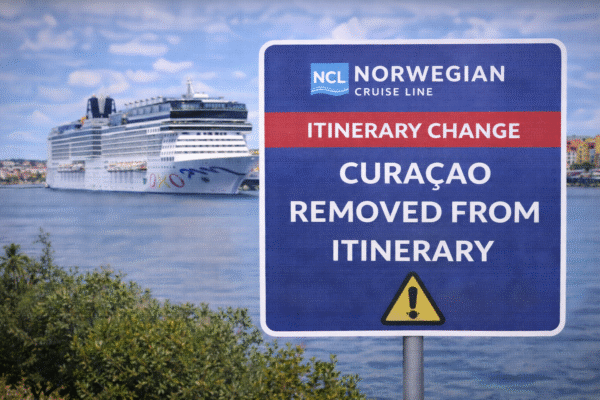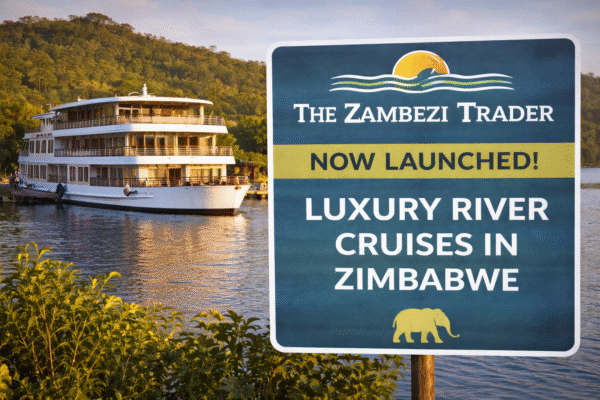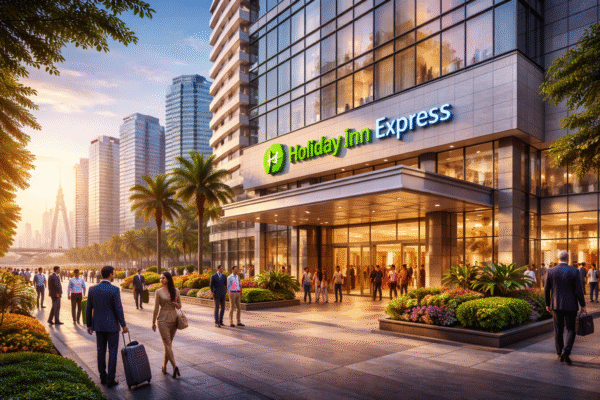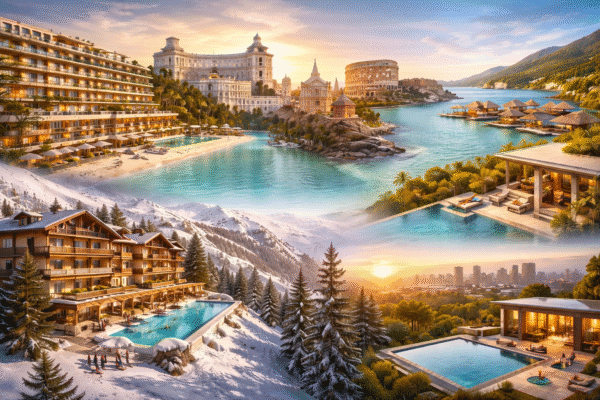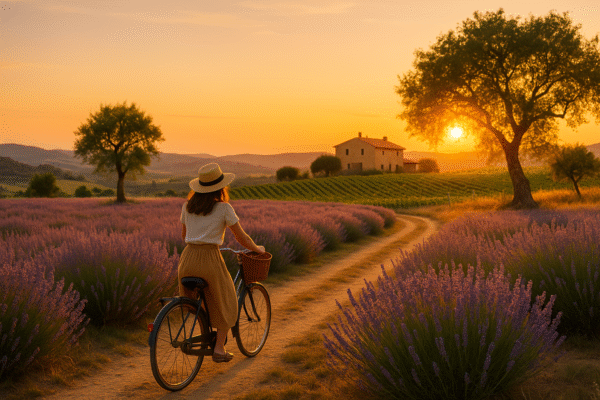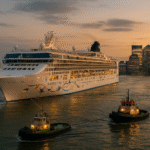As traveller priorities evolve, 2025 is shaping up to be the definitive year of slow tourism—a movement that swaps fast-paced itineraries for deeper cultural immersion, environmental stewardship, and genuine human connection. Rather than racing to tick off bucket-list sites, today’s wanderers are choosing to linger, learn local crafts, savor regional cuisines, and unplug from digital distractions. Hospitality groups and tour operators are responding by designing week-long “stay-and-play” packages, farm-to-table experiences, and remote-work retreats that blend productivity with purpose.
Key Trends Powering Slow Travel
- Hidden-gem Exploration
Over two-thirds of modern travellers now seek undiscovered locales, favoring destinations off the beaten track where authentic community interactions beat crowded landmarks. - Bleisure & Extended Stays
With remote work normalized, a growing share of visitors blend business and leisure, booking longer stays in rental cottages or co-living spaces designed for versatile living. - Green & Responsible Choices
Environmental credentials are non-negotiable: eco-lodges powered by renewables, zero-waste dining, and community-run homestays top the wish list for conscientious globetrotters. - Wellness & Digital Detox
Silent retreats, forest bathing, and yoga-infused farm stays offer a counterpoint to screen time, inviting guests to recharge mentally and physically amid nature. - Tech-Enabled Local Connection
Mobile apps now pair visitors with neighborhood ambassadors for guided artisan workshops, heritage walks, and home-hosted meals—bridging languages and cultures in real time.
Top Five Slow Tourism Destinations
- Tuscany, Italy
Unfolding over rolling vineyards and hilltop villages, Tuscany lets travellers master pasta making, join harvest festivals, and cycle through medieval backroads at a leisurely pace. - Kyoto, Japan
Bamboo-lined paths, centuries-old temples, and kaiseki pop-up dinners create a serene backdrop for reflective strolls along the Philosopher’s Path and hands-on tea ceremonies. - Provence, France
Lavender fields, open-air markets, and family-run B&Bs frame a gentle rhythm here—visitors glide by e-bike through olive groves and sample organic lavender honey with local apiarists. - Kerala, India
Known as “God’s Own Country,” Kerala invites travellers to drift in backwater houseboats, practice Ayurvedic therapies, and learn traditional Kathakali dance from village masters. - Scottish Highlands, UK
Misty mountains, remote lochs, and centuries-old distilleries welcome those who want to unplug—hiking the West Highland Way by day and swapping Gaelic tales by peat fires at night.
Market Outlook & Economic Impact
The global travel sector is forecast to contribute over $11 trillion to world GDP in 2025, while the slow tourism niche alone is on track to generate about $15 billion in revenue this year. Strong consumer demand is inspiring investors to back community-led lodges, eco-resorts, and purpose-driven travel platforms. As more travellers prioritize “time spent” over “places seen,” the slow tourism market is expected to expand at a compound annual growth rate near 10% through the late 2020s.
How Businesses Are Adapting
- Custom Curated Itineraries: Tour operators now bundle multi-day farm experiences with local chef dinners, vineyard stays, and artisan workshops.
- Sustainability Certifications: Hotels and lodges achieve green stamps—from solar-powered rooms to plastic-free toiletries—to appeal to eco-minded guests.
- Remote-Work Retreats: Co-working resorts in rural settings offer high-speed internet alongside guided nature walks, community dinners, and skill-swap meetups.
- Micro-Travel Packages: Shorter, immersive experiences (two to five days) are packaged for city dwellers seeking a quick escape that still feels transformative.
Looking Ahead
With a clear shift toward meaningful, eco-friendly journeys, 2025 is set to redefine travel success metrics—from occupancy and average length of stay to local community impact and guest well-being. For destinations and operators willing to embrace slowness, this represents not just a trend, but a sustainable path to growth—and memories that last far longer than a selfie at a famous landmark.
Read more exclusive stories- follow Global Travel Wire.
Disclaimer: This image is AI generated and may bear no resemblance with actual fact or images

